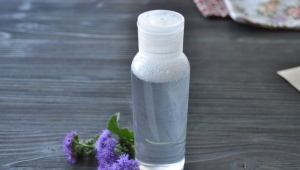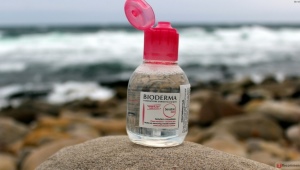How to use micellar water
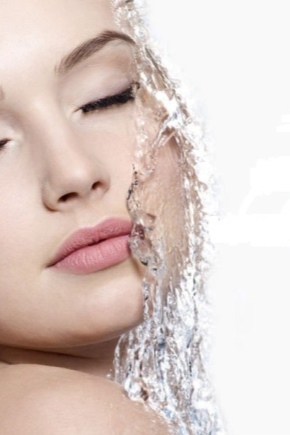
Types and properties
Until quite recently, no one had heard of micellar water, and now not a single self-respecting fashionista or well-groomed lady can go to bed without using it. It's relative a new face cleanser that does not contain alcohol and soap, effectively cleanses the skin of the face from impurities, removes makeup, while not causing irritation and overdrying of the skin, but moisturizing it. This product is quite economical to use and has a relatively inexpensive cost. Many manufacturers produce micellar water in an economical package of 400 ml, which is enough, on average, for 200 applications.

At first, the remedy was created in France and was used exclusively for the care of infants and bedridden patients, therefore it was sold only in pharmacies. But unexpectedly, from mothers of babies who purchased a product for caring for delicate baby skin and tried it on themselves, good reviews began to come. Women with sensitive skin, prone to allergies, quickly recognized this children's miracle remedy and began to buy it in pharmacies.Then the production of micellar water was soon put on stream, and water for washing gradually began to be sold in all countries.
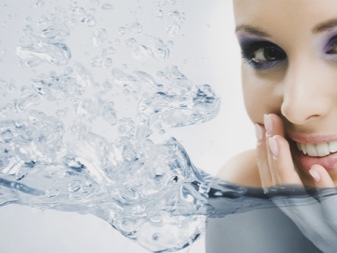

Composition of ingredients
In appearance, it is a clear or slightly hazy liquid, usually odorless. How does micellar water work? Its main active ingredient is micelles, the smallest particles consisting of fatty acid molecules that attract similar particles to themselves like a magnet. Micelles consist of an insoluble core and hairs that can capture particles of pollution and not release them back. This happens when we wipe our face with a cotton swab. Micelles are present in a quality product exactly in such quantity to remove waterproof cosmetics and at the same time not form a greasy film on the face.

Micellar water must be selected for the appropriate skin type. In addition to micelles and purified water, products may contain additional components such as glycerin, essential oils, plant extracts, vitamins and panthenol. For oily skin, you should choose products containing polysorbate, which tends to tighten pores. Classic delicate micellar water has a composition that does not dry the skin and does not clog pores. However, it should not be confused with tonic and lotion, foam and milk or special gel.
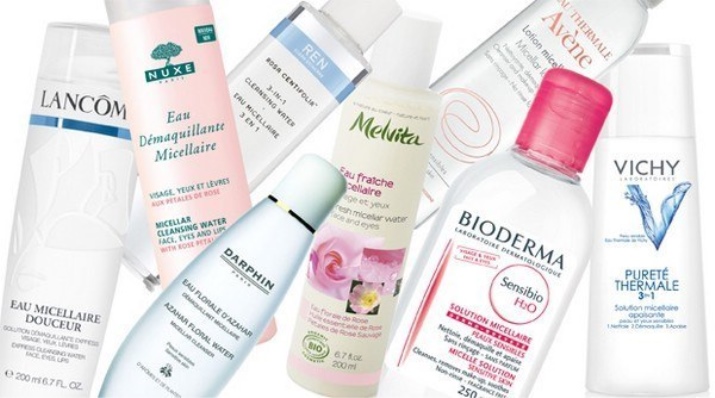

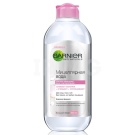
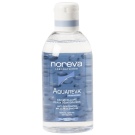
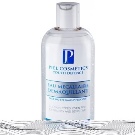
Do I need to rinse: how to use
Running tap water is considered too rough and hard on the skin. Against, micellar water serves as a direct alternative to washing, as its composition is balanced. If after using micellar water you experience a feeling of tightness or overdrying, then this product of this company is not suitable for you or you are using it incorrectly.You can also get a low-quality product, which in fact is not micellar water.
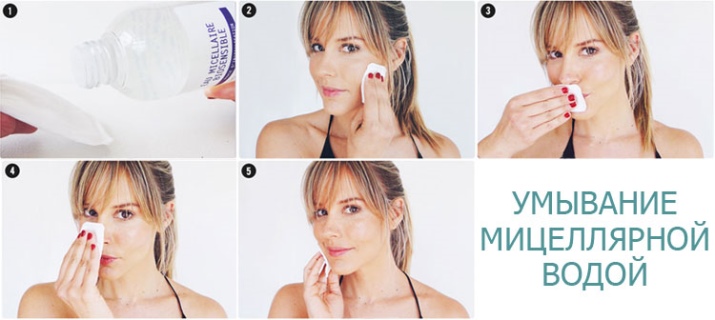
For example, you use the remedy too often during the day. Micellar water should be used correctly: every day, but no more than twice a day: in the morning to refresh the skin before applying makeup and clean the pores and in the evening to remove makeup from the face.
The instructions for using micellar water are very simple: You need to slightly moisten a cotton pad and wipe your face along the massage lines. To remove eye make-up, you need to press a moistened sponge to your closed eyes for a few seconds, hold and then wipe off. After that, you need to walk with a cotton pad with some kind of aqueous solution to remove the remnants of the product (this should be done according to reputable cosmetologists, even if the manufacturer wrote on the package that it is not necessary to rinse the product).

Why micellar water is still worth rinsing off, see the next video.
Pros and cons
Advantages
During the traditional use of micellar water in the evening and morning to remove cosmetics, the following advantages and its undoubted advantages can be distinguished:
- A good choice for people with sensitive skin after a long search for the right cleanser that does not dry the skin and does not cause allergies;
- Suitable for delicate thin skin around the eyes, gently and delicately cleansing without injuring it;
- Eliminates excess fat;
- Neutralizes toxins and harmful substances;
- Perfectly tones and moisturizes the face.
- Suitable for any weather, season and age.

In addition, the invention of micellar water has made life easier for many people in various situations:
- It is indispensable when traveling;
- After sports training or jogging;
- At work, in the office or while walking;
- In hot weather, it can refresh the face;
- For girls who “forget” to wash off makeup in the evening and often fall asleep with it on their face, considering the process of removing makeup difficult and troublesome: with a micellar product, it will be simple and easy;
- You can dilute dried mascara if there is an urgent need;
- In the end, with the help of micellar water, you can even remove stains from clothes from a pen or felt-tip pen.
Unmet expectations
Despite the fact that micellar water has its own well-defined niche of action, and its composition is simple and concise, some use it for other purposes, exceeding their requirements and expecting a miracle:
- The product should not be used against skin problems or in case of acne, it will not be able to cure the skin, as it does not contain medicinal components.
- Water does not fight the signs of skin aging, therefore, it is not used as a nourishment or restoration of the skin against age-related changes.
- Sometimes a poor-quality product does not remove waterproof makeup well.
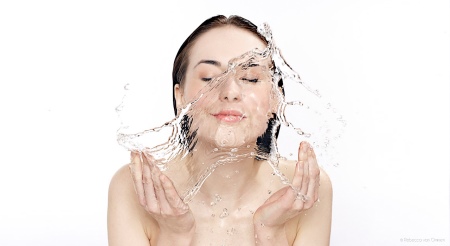
- In rare cases, it can cause an allergic reaction to its individual components.
- If you have oily skin, you may feel a greasy film on your face or shine.
- When the skin is too dry, peeling and itching appear.
Therefore, micellar water must be carefully selected depending on individual characteristics and in accordance with the type of skin.

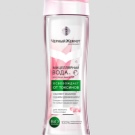
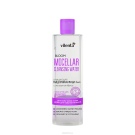
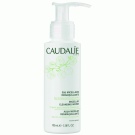
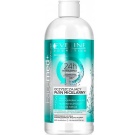
Difference from other means
Sometimes the fair sex has a reasonable question: if micellar water can moisturize the face, then can it replace tonic, lotion or thermal water and vice versa. How is it different from other cleansers?
All funds differ significantly in the composition of the components and their purpose. For example, lotions contain alcohol, have a good antiseptic effect, fight skin rashes, but without the use of other means lead to dehydration.
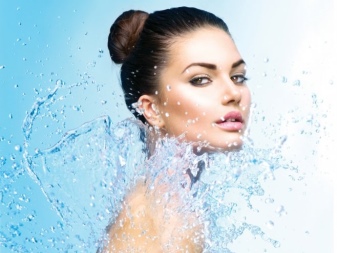

Thermal water is a natural remedy from geothermal springs, rich in minerals that are very good for skin tone, but can cause dryness and do not remove makeup well. Therefore, it is recommended to use thermal water for moisturizing after micellar water, when the pores are already well cleansed.
The tonic is designed to normalize the acidic PH balance and tone the skin, improving blood circulation. Therefore, micellar water cannot replace lotion, but it can be successfully used instead of tonic with infrequent use.
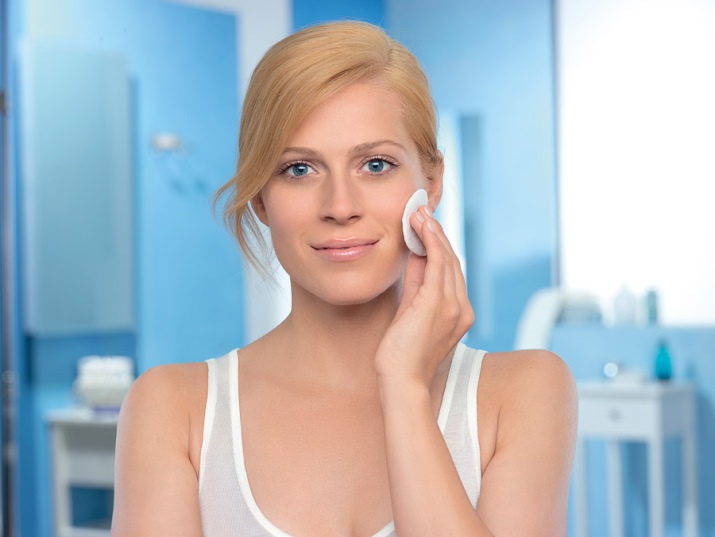
home use
Micellar water can be purchased at a pharmacy or cosmetic department, or you can, if desired, prepare at home.. To do this, you will need: a non-metallic container and a glass or plastic spoon for mixing, a 250 ml bottle for a product, a funnel and a measuring spoon, which must be disinfected before use.
The basis is water or hydrolate (80-90%), water-soluble oil (up to 10%) and active additives in approximately the same proportion.
After manufacturing, the prepared composition is stored in the refrigerator for no more than two weeks.

We invite you to watch a video recipe for making micellar water at home.
Basic Recipe
If water base is used, then non-carbonated mineral, table water or distilled (saline) is taken, heated to about 40 degrees.
Hydrolate or flower water can be taken ready-made or prepared by yourself: in fact, it is an aqueous decoction of flowers or rose petals, chamomile, calendula, lavender, cornflower, linden, green tea, parsley, lemon balm, sage or citrus zest and green leaves (1.5 cups of raw materials are taken for 1 liter of water base).
Volume of water soluble oil (this is the most important component from which micelles will be formed) varies depending on the type of skin: for oily skin, up to 4% is taken, for dry and normal - 5-10%.
As a water-soluble component for dry skin, it is preferable to use cosmetic lecithin. from sunflower, olive, soybean oil, as well as avocado or wheat germ, for normal - sulfated castor oil and rose hips, for oily - from grape seeds or jojoba.
Vitamin E and hyaluronic acid are suitable as caring additives, for dry skin: D-panthenol and wheat amino acids, for oily skin - cosmetic sulfur, lactic acid and glycerin, and witch hazel extract will be especially useful for skin prone to rosacea.
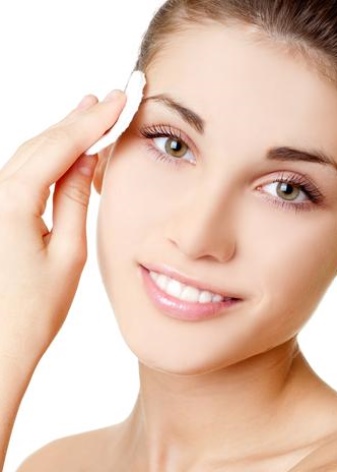
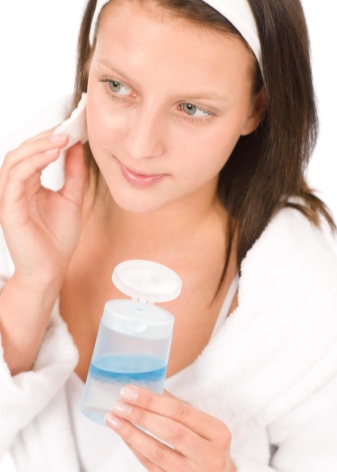
For oily and combination skin
Chamomile, calendula or cornflower hydrolat (85 g) is mixed with water-soluble grape seed or jojoba oil (5 g), left in a warm place for 15 minutes to form micelles, then panthenol (2 g) and lactic acid (0.2 g) are added , diluted with warm distilled water (100 g). Similarly, formulations are prepared for other skin types.

For dry epidermis
Take 80 g of rose or lavender hydrolat, diluted by 20%, 8-10 g of water-soluble rosehip, olive, wheat germ or avocado oil, 2 g of panthenol, 0.3 g of hyaluronic acid or vitamin E (20 drops).

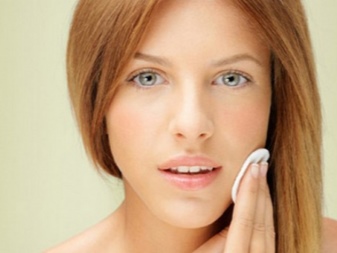
For normal type
Green tea hydrolate, chamomile or rose water (90 g), sulfated castor oil (5 g), rosehip essential oil (5 g) and a few drops of vitamin E will do.

You can see a test drive of Loreal, Nivea, Garnier micellar water in the next video.























